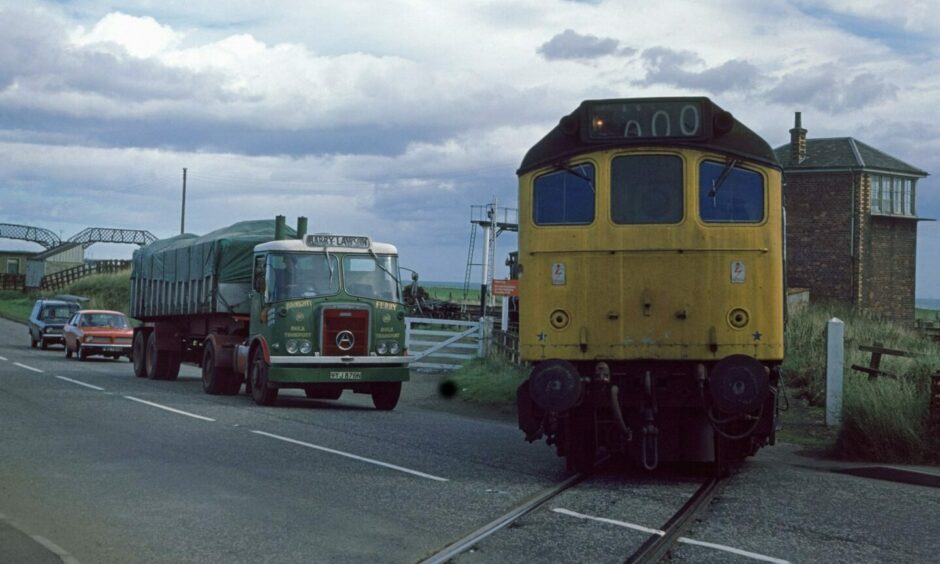
A new book containing a collection of previously unseen photographs will take readers on a misty-eyed journey along the Dundee and Arbroath Railway.
Niall Ferguson — drawing from more than 40 years’ research — documents the third of no fewer than four early railways in Tayside in his 224-page work.
The book — which was completed during lockdown — complements the author’s previous works on the Dundee and Newtyle and Arbroath and Forfar Railways.
Niall — a retired GP living in Surrey — has been fascinated by railways, both full-size and model, since childhood.
He trained at Ninewells Hospital Medical School and worked in the Perth and Angus area until 1980.
It was during his time in Dundee that he developed his interest in the early railways of Tayside.
Niall is a founding member of the Caledonian Railway Association and has built up a personal collection of around 12,000 railway photographs over the last 50 years.
The Dundee & Arbroath Railway Company was incorporated in May 1836, the line opening in October 1838 from a temporary station at Craigie, Dundee, and becoming fully operational by April 1840.
Niall said: “The Dundee & Arbroath opened in 1838 and, although it shared a gauge of 5ft 6in with the neighbouring Arbroath and Forfar Railway, there was no physical connection between them, with the Dundee & Arbroath having a separate station at Ladyloan, near the present Signal Tower Museum.
“At its Dundee end the railway reached its original Trades Lane Station across the mudflats of the Tay Estuary over a causeway with passages through it that allowed the high tide to reach pools into which the town sewer and other effluent flowed: the pools were eventually filled in to form East Dock Street, and Dundee East Station constructed nearer the centre of Dundee.
“After re-gauging to the by then standard UK gauge of 4ft 8½in in 1848, in 1851 a ferry service carrying both passenger carriages and goods wagons between Tayport in Fife and Broughty Ferry Pier started in 1851.
“In 1863 the Dundee & Arbroath was taken over by the Scottish North Eastern Railway, which was, in its turn, absorbed by the Caledonian Railway in 1866.
“However, with increasing traffic coming from Fife, and in expectation of a Tay railway bridge, the North British Railway obtained joint ownership of the Dundee & Arbroath line with the Caledonian.
“The opening of the Tay Bridge saw the temporary end of the rail ferry from Tayport, only for it to be re-introduced after the collapse of the first Tay Bridge, it finally ceasing with the opening of the second Tay Bridge.
“In Arbroath, a line running through the streets of the town linking the stations of the two companies was superseded in 1847 by a new line that ran in a cutting through Dishland Hill to a new Joint Station of the Dundee & Arbroath and Arbroath & Forfar lines at Keptie Street.
“The former linking line became a branch down to Arbroath Harbour for goods traffic.
“The Keptie Street station itself became increasingly decrepit over the years and was the subject of numerous complaints in local newspapers until a new station was constructed on the same site, opening in 1911.”
With the Railway Grouping of 1923, the Dundee & Arbroath continued as a joint line, but now under the shared ownership of the LNER and LMSR, and it was not until the nationalisation of UK railways in 1948 that it came under the sole control of one organisation, British Railways (Scottish Region).
As well as describing the history of the line from its planning and construction through to the present day, the book also covers the technical aspects of its operation over the years, such as the signalling, and the locomotives and other rolling stock that could be seen on the line, as well as the sorts of traffic they carried, and the accidents that occurred.
Railways were a dangerous place and there were a number of fatalities on the line, including those killed in the Elliot Junction crash at Arbroath on December 28 1906.
Thirteen people were killed instantly when the Edinburgh-bound North British Express hit a stationary train during a blizzard, but the death toll eventually increased to 22.
The level crossings at Carnoustie station and at Elliot Junction seem to have been particularly dangerous, with a number of deaths at each of them, although the railway company appears to have been particularly resistant to spending money to make those places safer — a situation that would be unimaginable today.
Elliot Junction was the starting point for the Carmyllie Railway, which was constructed in 1855 as a private, horse-worked, line owned by Lord Panmure, used to bring paving stone down to the Dundee & Arbroath line from the quarries around Redford.
Niall said: “In 1858 steam locomotives replaced the horses, and in 1900 a passenger service started between Elliot Junction and the last station on the line at Redford, using the new Light Railway legislation.
“It was the first railway in the United Kingdom to be opened as a Light Railway.
“The passenger service continued until January 1930, by which time the growth of road transport had reduced passenger numbers to such an extent that it was no longer profitable.
“After that the Carmyllie branch continued as a goods line carrying some stone, but mainly potatoes and sugar beet, until final closure on May 19 1965.”
The book also describes many of the people who were connected with the railway, both those who worked on the line and those who travelled by it, as well as the events that occurred, not always associated with tragedy.
This includes the escape of a cow at Carnoustie that caused havoc as it ran along the line, repeatedly avoiding capture until it was finally cornered at Broughty Ferry station.
The book is illustrated by many photographs, including a colour section, many of which are previously unpublished, as well as maps, drawings, and signalling diagrams.
Niall said the book is more a team effort than a solo production, with owners of photographic collections providing many rare images which bring the story to life.
Some of these images illustrate the early history of the line and six stations on the line which have now closed including Stannergate in 1916 and Dundee East in 1959.
Stannergate was knocked down in the 1930s and nothing now remains.
Dundee East was left to crumble before being demolished without ceremony in 1964.
Only the sidings remain.
What about the others?
Barry Review Platform – a special military station for the camp – was closed by 1955.
West Ferry, Easthaven and Elliot Junction closed to passengers in September 1967.
The Elliot Junction signal box survived until 1978 and the unusual two-part footbridge remains to give access across the railway to the park from the Dundee-Arbroath road.
The closure of the main line through Strathmore in 1967 means that the Dundee & Arbroath remains a significant portion of the East Coast Main Line between London and Aberdeen.
So does this trilogy of books mark the end of the line for the story of the early railways?
Niall said: “Of the early railways in the Tayside area, only the Dundee & Perth Railway remains to have its story told in detail.
“With time, I might manage to write about it too.”
Here’s hoping.
- The Dundee & Arbroath Railway is published jointly by Lightmoor Press and the Caledonian Railway Association and is available now priced £35.
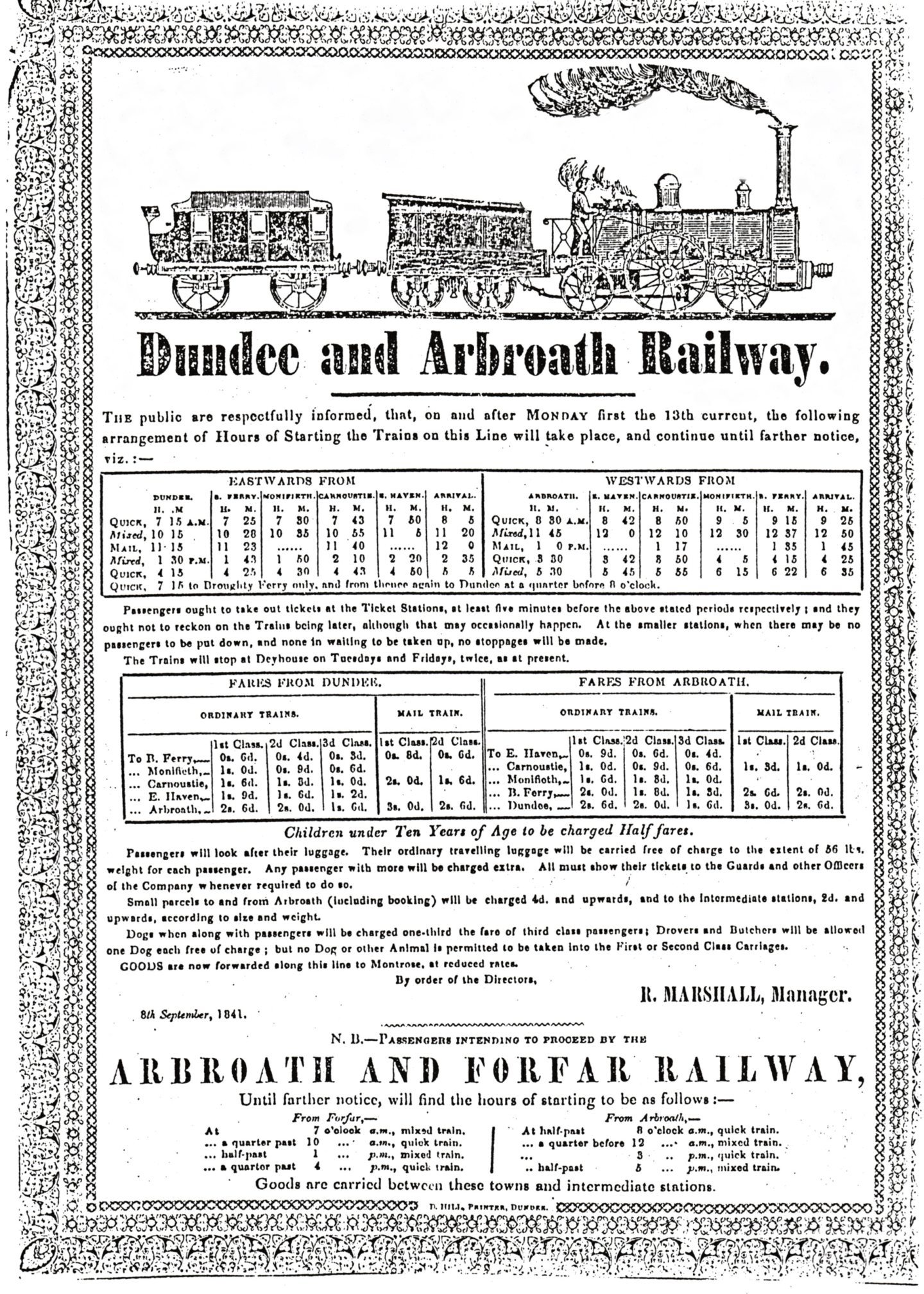
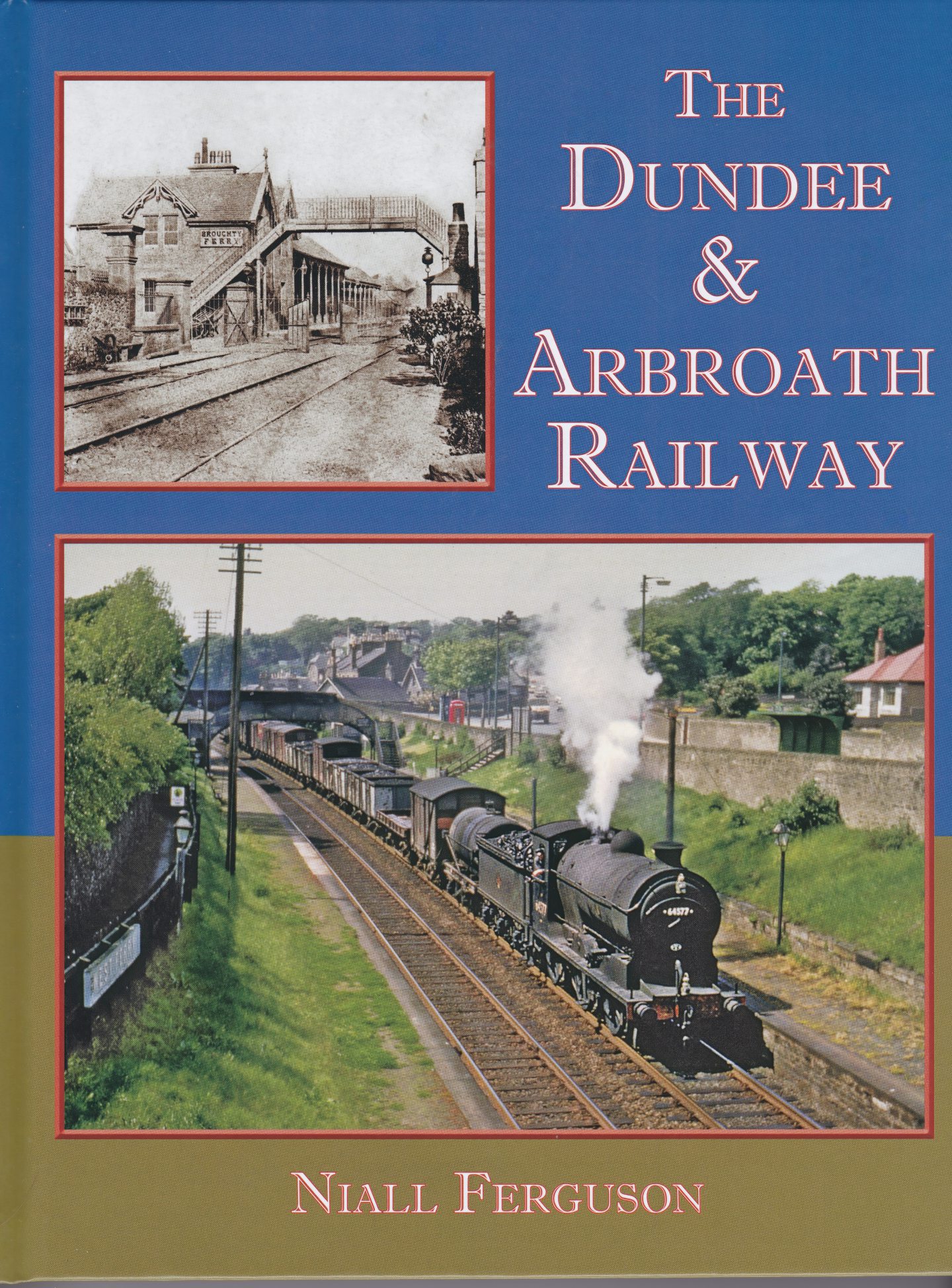
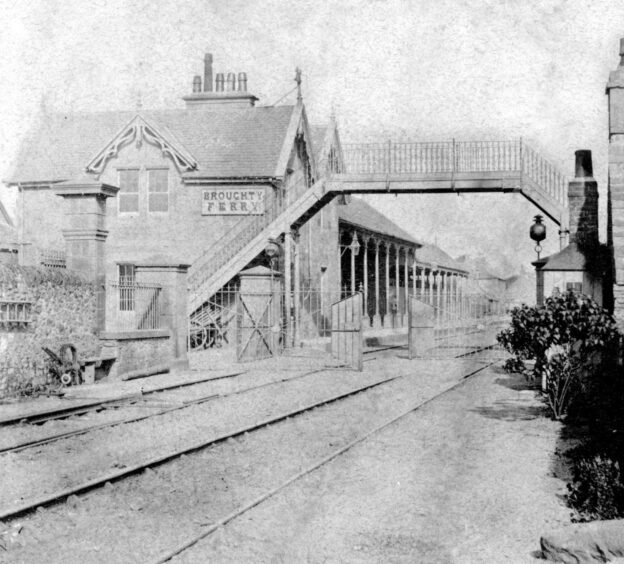
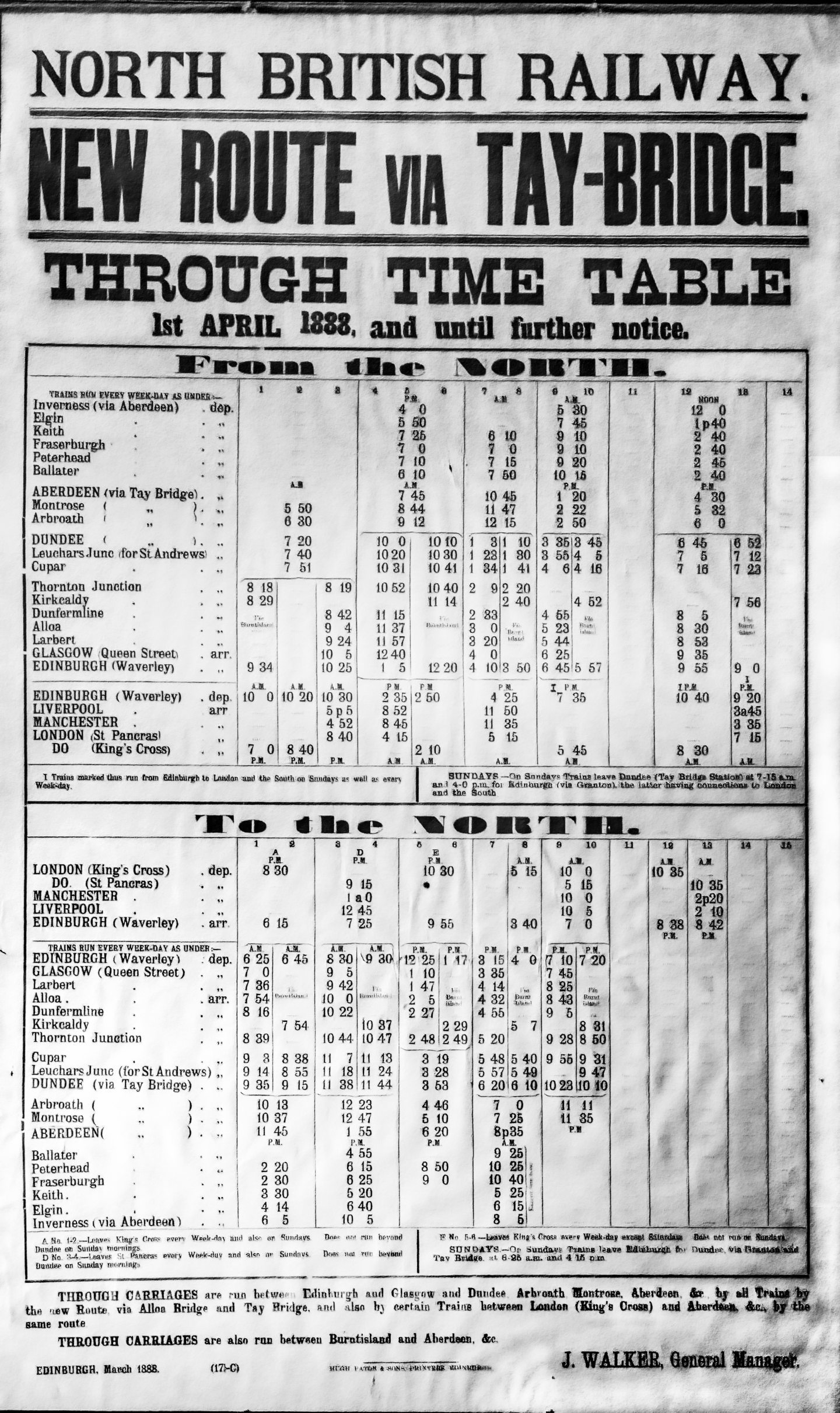
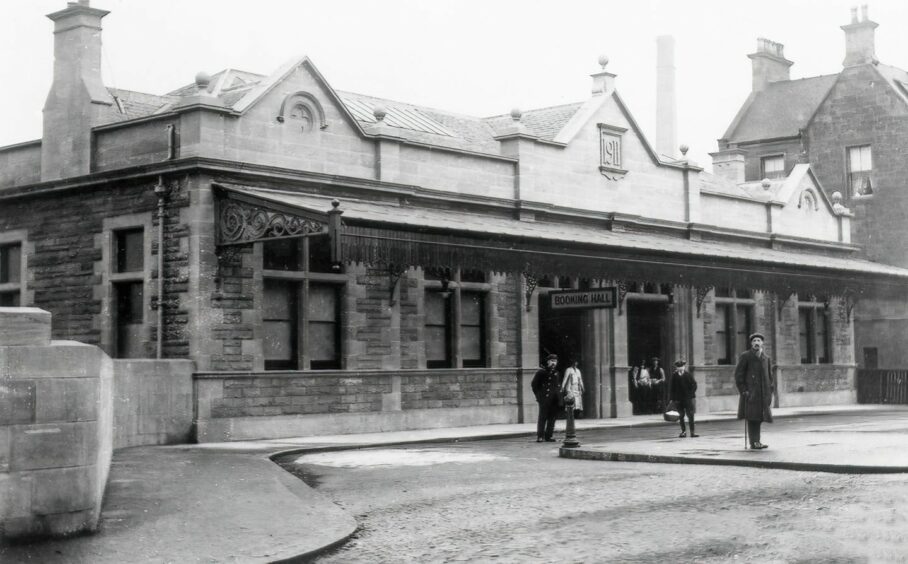
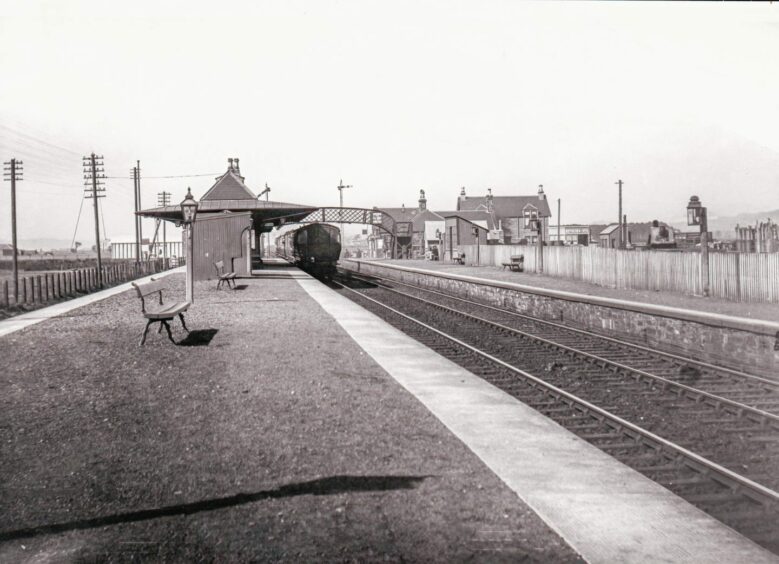
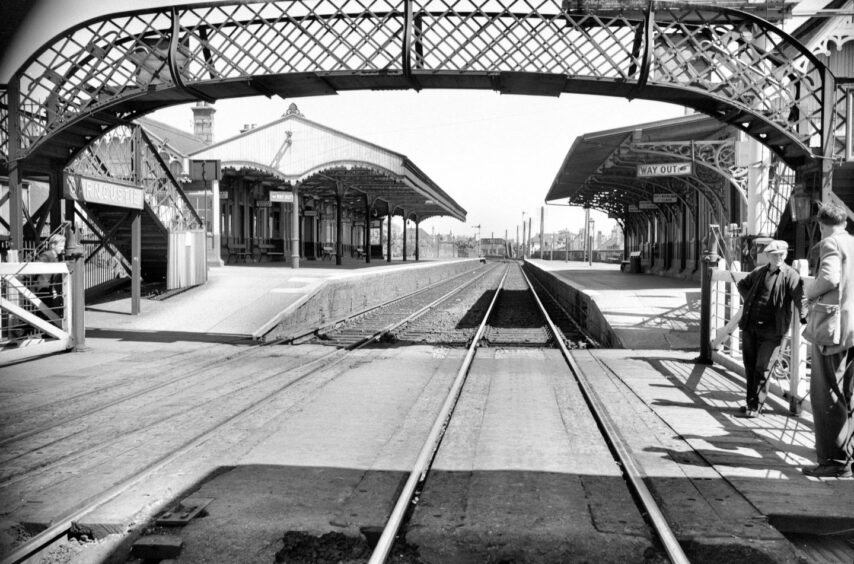
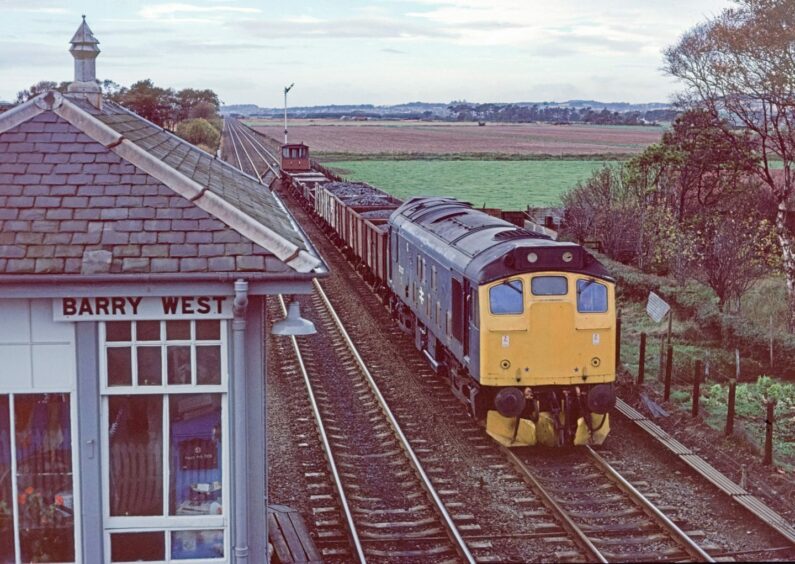
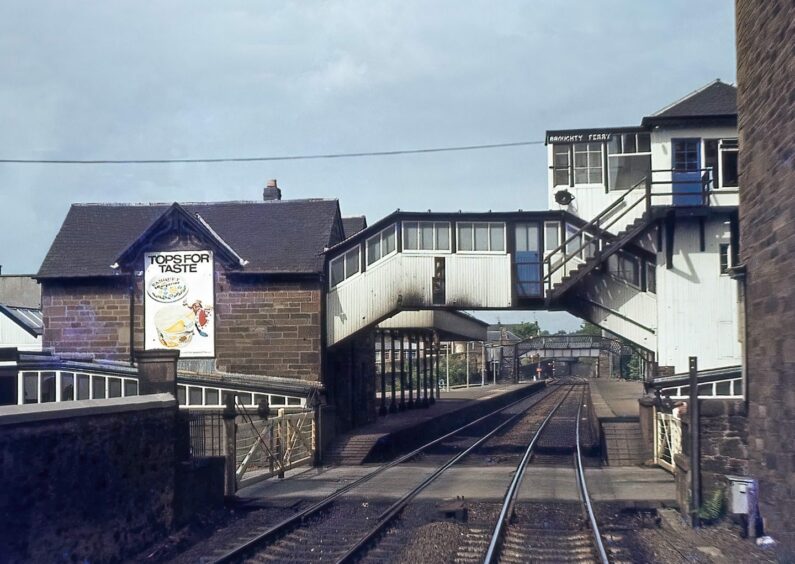
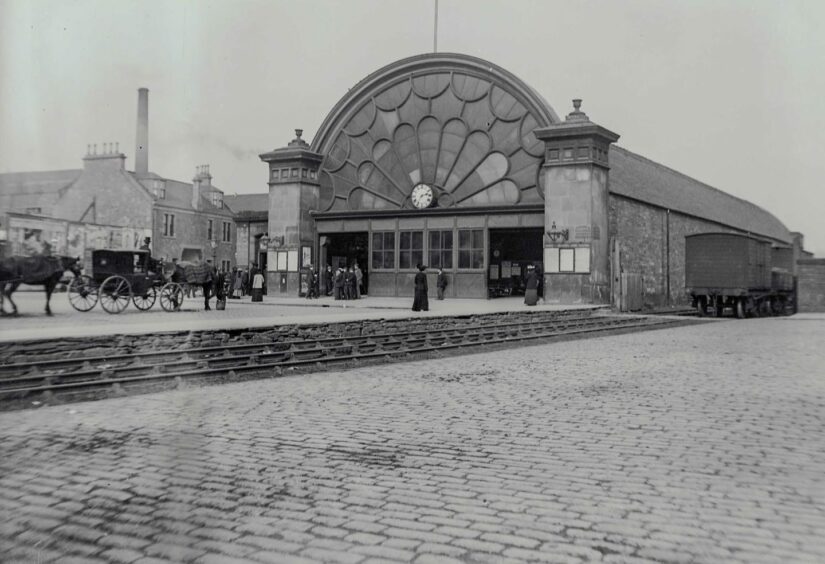
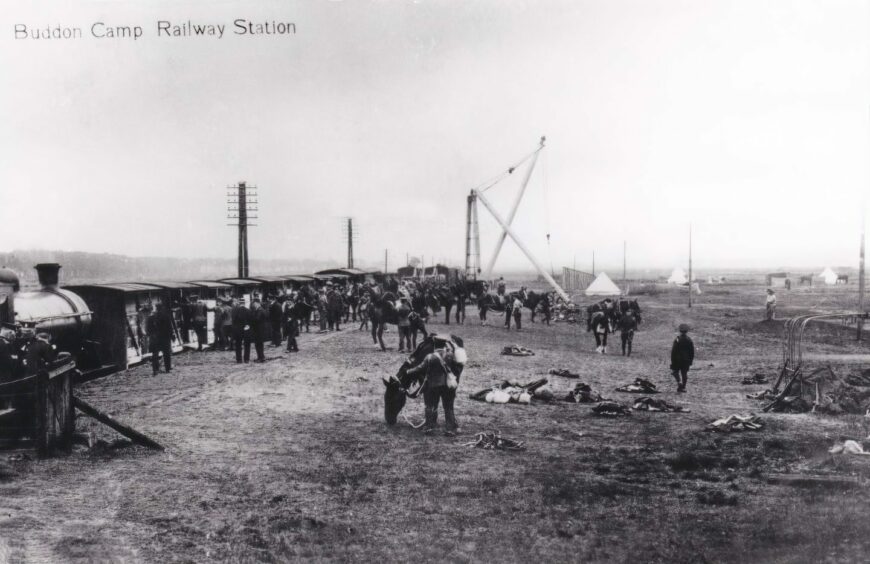
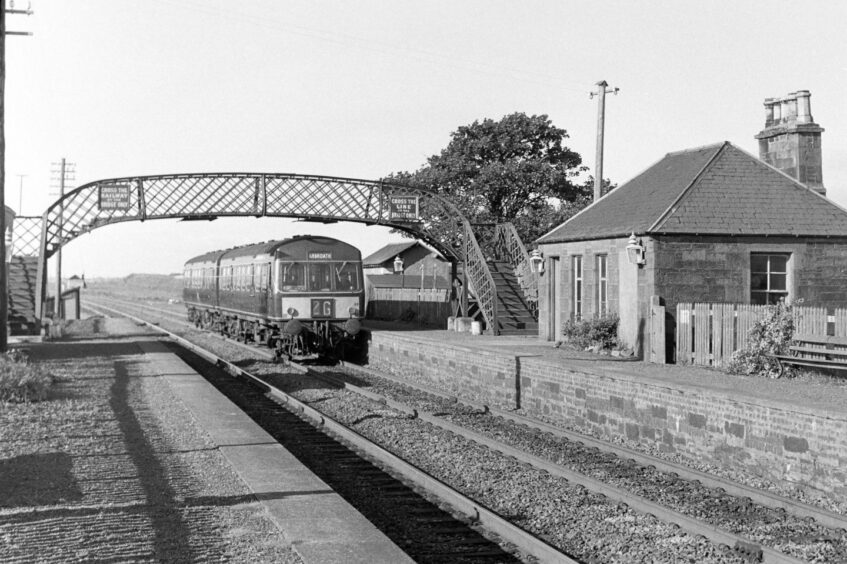










Conversation